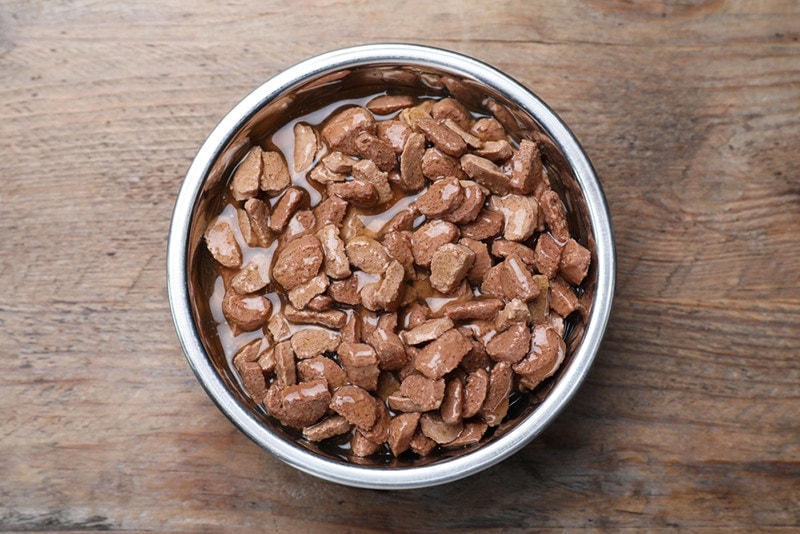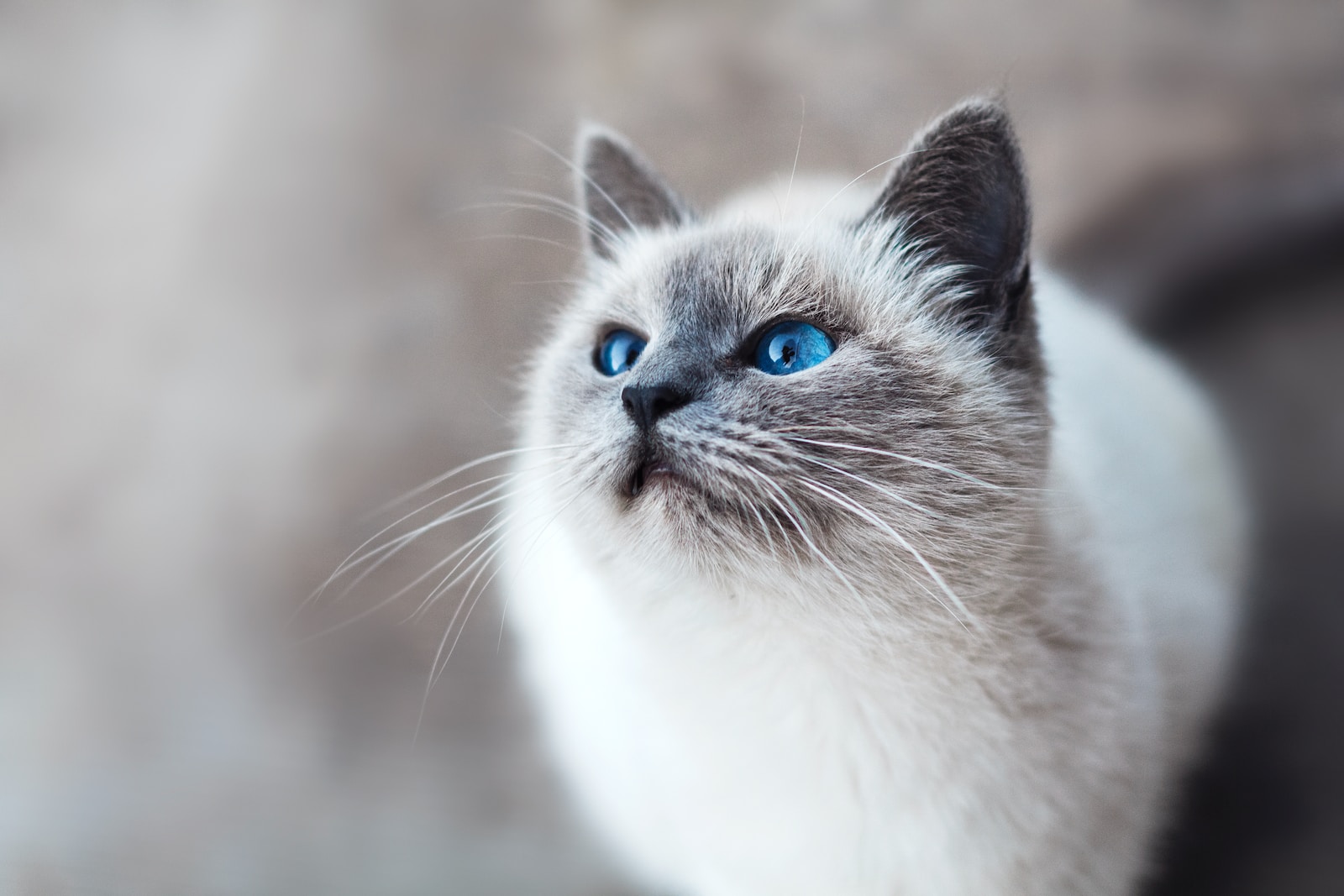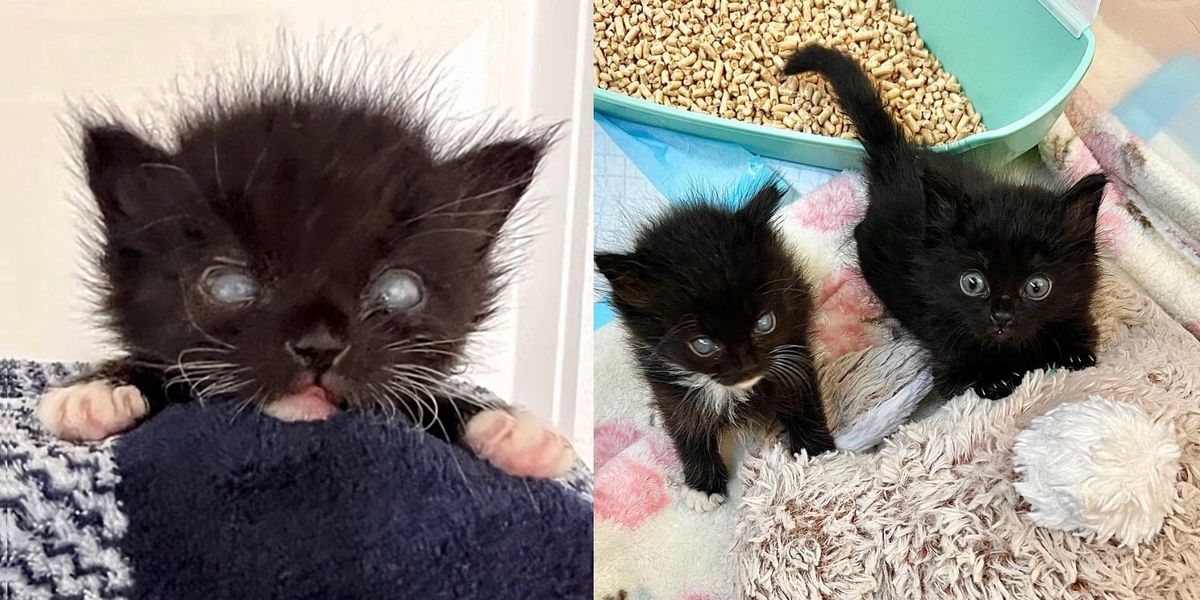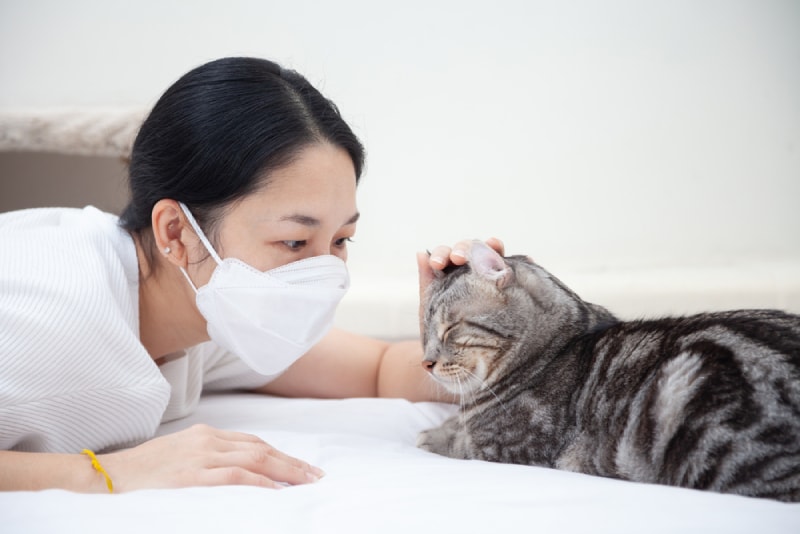Last Updated on: July 24, 2023 by Crystal Uys
Ever stood in the pet food aisle, scratching your head, asking yourself, “Do cats really need wet food?” Well, you’re not alone! Short answer: Cats can totally live on dry food, but adding some wet food to their diet can be a health game changer and make their mealtime more exciting.
Understanding Cat Nutrition
What’s on the Menu for Cats in the Wild?
Cats are obligate carnivores, which is a fancy way of saying they’re born meat lovers and need a diet made up of at least 70% protein in order to survive. They would typically snack on small animals like rodents and birds in the wild. These little critters not only satisfy their protein needs but also come with a side of hydration since they contain quite a bit of water.
Breaking Down a Cat’s Nutritional Needs
Like us, cats need a balanced diet, including proteins, fats, carbs, vitamins, and minerals. But being obligate carnivores, they need certain nutrients found in animal tissues. Two biggies are taurine, good for their heart and eyes, and arachidonic acid, a type of fatty acid that helps them burn fat and produce energy.
Hydration Station
Hydration is super important for cats, but here’s the catch – cats don’t have a strong thirst drive. So, if they’re only eating dry food, they might not be drinking enough water. And we definitely want to avoid any urinary tract issues or other health problems related to dehydration.

Benefits of Wet Food for Cats
The Hydration Factor
One of the biggest reasons to go for wet food is its high moisture content. Just like their natural prey, wet food is about 70–80% water, so it’s a fantastic way to keep your cat hydrated, which is super important for their urinary tract health and overall metabolism.
More Protein, Please!
Wet food typically has more protein on a dry matter basis than dry food. Since cats need a lot of protein, this is a big win. Wet food often contains more meat and less carbs, making it a good source of high-quality protein. Including wet food in your cat’s diet can help them meet their nutritional needs and contribute to maintaining healthy muscles and a strong immune system.
Yummy in the Tummy
And let’s not forget the taste. Many cats find wet food yummier than dry food. The soft, meaty texture of wet food is similar to the prey that cats would naturally eat, and the different flavors can make them lick their whiskers. This can be especially helpful for picky eaters or older cats who might have lost their appetite due to age or illness.

Drawbacks of Wet Food
Dental Dilemma
But hey, it’s not all rainbows and unicorns with wet food. One downside is that it doesn’t help much with dental hygiene. Unlike dry food, which can help clean your cat’s teeth when they chew, wet food doesn’t provide this benefit. Regular wet food consumption without dental care could lead to oral health problems like plaque build-up, tooth decay, and gum disease.
Storage Struggles
Also, storing wet food can be a bit of a hassle. Once opened, it needs to be stored in the fridge and used within 2–3 days. If you like to feed your cat small portions throughout the day or are often away from home, this can be inconvenient. On the other hand, dry food can be stored at room temperature for longer.
Price Tag
And then there’s the cost. Wet food is generally pricier than dry food because it has more protein and comes in individual cans or pouches. But consider this – including wet food in your cat’s diet might result in lower vet bills in the long run.

Balancing Wet and Dry Food
So, what’s the solution? A balanced approach. Including both wet and dry food in your cat’s diet can offer the best of both worlds. Wet food can help with hydration and protein intake, while dry food can contribute to dental health.
If you’re planning to introduce wet food into your cat’s diet, do it gradually. Cats can have sensitive stomachs, and a sudden change in diet can upset their digestive system.
The Importance of Regular Vet Check-ups
Regular vet check-ups are super important to make sure your cat’s diet is working for them. These visits can help catch potential health problems early on, and your vet can provide advice on dietary adjustments if needed.

Tips for Getting More Moisture into Your Cat
Cats aren’t always the best at staying hydrated. Here are 10 tips to help ensure your cat gets enough moisture in their diet:
- Feed Wet Food: Wet food is typically about 70–80% water, making it a great way to increase your cat’s water intake.
- Add Water to Dry Food: If your cat prefers dry food, try adding some water to it. This can make it more hydrating and potentially more appealing.
- Provide Fresh Water Daily: Make sure your cat has access to fresh water at all times. Change the water daily to ensure it’s clean and appealing.
- Use Multiple Water Bowls: Place water bowls in several locations around your home. Cats often prefer to drink in different spots, so having multiple options can encourage them to drink more.
- Invest in a Cat Water Fountain: Some cats prefer moving water. A cat water fountain can stimulate their interest and encourage them to drink more.
- Try Flavored Water: Add a bit of flavor to the water, such as a splash of tuna juice or chicken broth (make sure it’s low-sodium and onion-free). This can make the water more enticing.
- Feed a Raw or Homemade Diet: Raw or homemade diets often contain more moisture than commercial dry food. However, these diets should be carefully balanced to ensure your cat gets all the necessary nutrients. Always consult with your vet before changing your cat’s diet.
- Offer Ice Cubes: Some cats enjoy playing with and licking ice cubes. This can be a fun and interactive way to increase their water intake.
- Keep Their Water Bowl Clean: Cats are more likely to drink from a clean bowl. Be sure to wash your cat’s water bowl regularly to prevent any buildup of bacteria or algae.
- Monitor Your Cat’s Hydration Levels: Regularly check your cat’s hydration levels by gently pinching their skin. If it doesn’t spring back quickly, your cat may be dehydrated. Also, look out for signs of dehydration such as lethargy, sunken eyes, and a dry mouth.
Conclusion
In a nutshell, while cats don’t absolutely need wet food to survive, it can give them some health benefits and make mealtime more enjoyable. Whether you choose to feed your cat wet food, dry food, or a mix of both, the most important thing is to ensure their diet is balanced and meets their specific nutritional needs. Regular vet visits are key to monitoring your cat’s health and adjusting their diet if necessary. With the right nutrition, your feline friend can live a healthy and happy life.
Featured Image Credit: New Africa, Shutterstock
About the author
Cat mom to Ivy – a feisty little rescue kitten that is her one and only child. For now! Throughout her life, she has been introduced to the special love that can be found in the bond with a cat. Having owned multiple felines, she is more than certain that their love is unmatched, unconditional and unlike any other. With a passion to educate the public about everything, there is to know about felines, their behavior, and their unique personalities, Crystal is devoted to making sure that all cats and their owners know the importance of conscious living – and loving!



